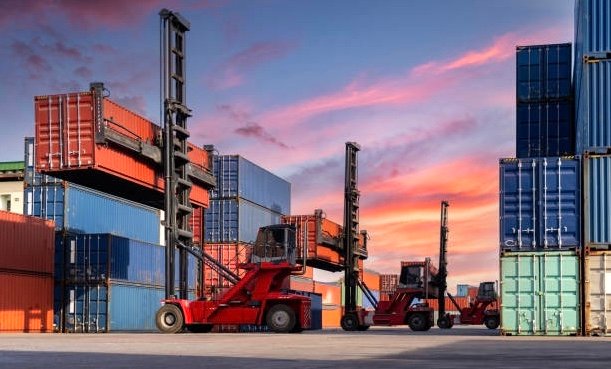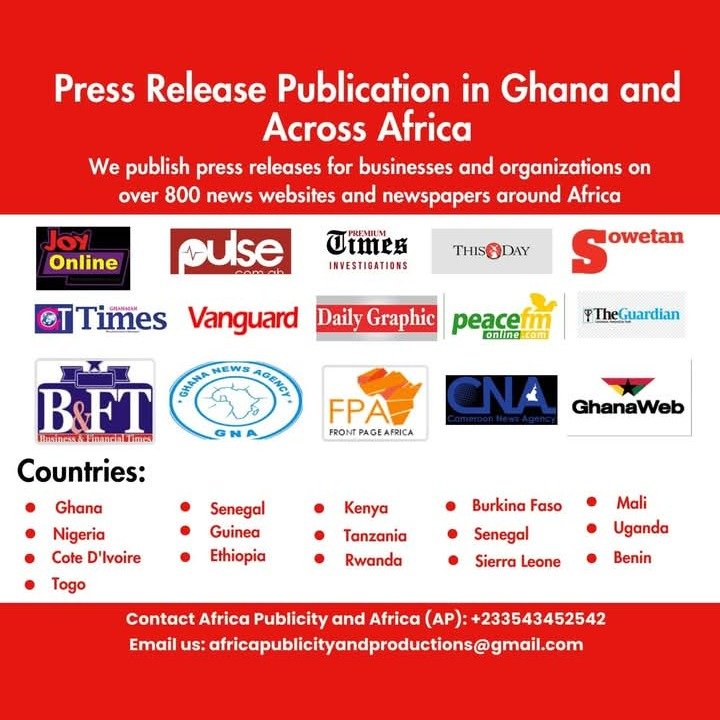Despite major investments in port expansion and modernization, maritime security remains the Achilles’ heel of African ports, undermining competitiveness and national sovereignty. This was the central theme at Maritimafrica Week 2025, held in Lomé, Togo, from September 10 to 12, where experts and policymakers called for urgent action to strengthen safety at sea.
The conference brought together government officials, industry leaders, and maritime experts, highlighting the persistent gap between Africa’s political ambitions and operational realities in securing its ports. Speakers warned that without effective security measures, Africa’s modern terminals risk becoming “costly sieves rather than engines of competitiveness.”
Fragile Security Foundations
Discussions underscored that port safety, economic competitiveness, and state sovereignty are deeply interconnected yet remain fragile due to external dependencies, fragmented regional cooperation, and limited local capabilities. While funding and regional frameworks exist, experts stressed that intentions must now translate into operational capacity.
Despite adopting several major charters, progress has been slow. The Lomé Charter on Maritime Safety and Security (2016) remains only partially implemented, and the African Union Maritime Transport Charter, adopted in 2010, only came into force in 2025, underscoring Africa’s sluggish institutional pace.
Countries Advancing Alone
Some nations, however, are taking independent steps. Morocco, for instance, has modernised its coast guard fleet and strengthened ties with the European Union and the United States, placing itself “at the forefront of African maritime security.”
Experts argue that investing in port security is not a burden but a driver of competitiveness. Yet, many African ports still prioritise infrastructure expansion and logistics over safety.
“Without judicial reforms and the effective enforcement of maritime law, the fight against sea-based crime will remain incomplete,” warns Le Rubicon, an independent defence and security think tank.
The Gulf of Guinea: A High-Risk Zone
The Gulf of Guinea, with its rich fisheries and oil resources, illustrates both the potential and peril of African maritime space. The region faces persistent threats—piracy, oil theft, drug trafficking, and illegal fishing—that sustain a shadow economy undermining regional stability.
According to the MICA Center, pirate attacks in the Gulf declined from 26 in 2019 to six in 2024, thanks to increased militarisation and cooperation through the Yaoundé Architecture. However, weak governance, jurisdictional rivalries, and slow ratification of security frameworks continue to impede progress.
In Lomé, a city positioning itself as a regional logistics and financial hub, participants warned that lax security remains a major obstacle: a port vulnerable to trafficking and corruption loses global trust and economic appeal.
Cameroon’s PortSec Model: A Success Story
Amid the challenges, Cameroon’s PortSec SA has emerged as a model for improving port security. Since 2019, the company’s Douala Port Security (DPS) programme has integrated drones, long-range radars, biometric controls, and specialised training for port staff.
The results are encouraging—cargo theft at Douala Port has reportedly dropped by 35% between 2019 and 2023, with improved coordination under the Yaoundé Architecture framework.
The PortSec model demonstrates that combining technology, training, and regional collaboration can significantly strengthen port safety and credibility. The challenge now, experts say, is adapting this model to other African ports with different institutional and financial conditions.
Ultimately, securing Africa’s maritime domain is not merely a technical issue—it is a strategic imperative for safeguarding sovereignty, boosting trade, and unlocking the continent’s full economic potential.
Source:Africa Publicity








